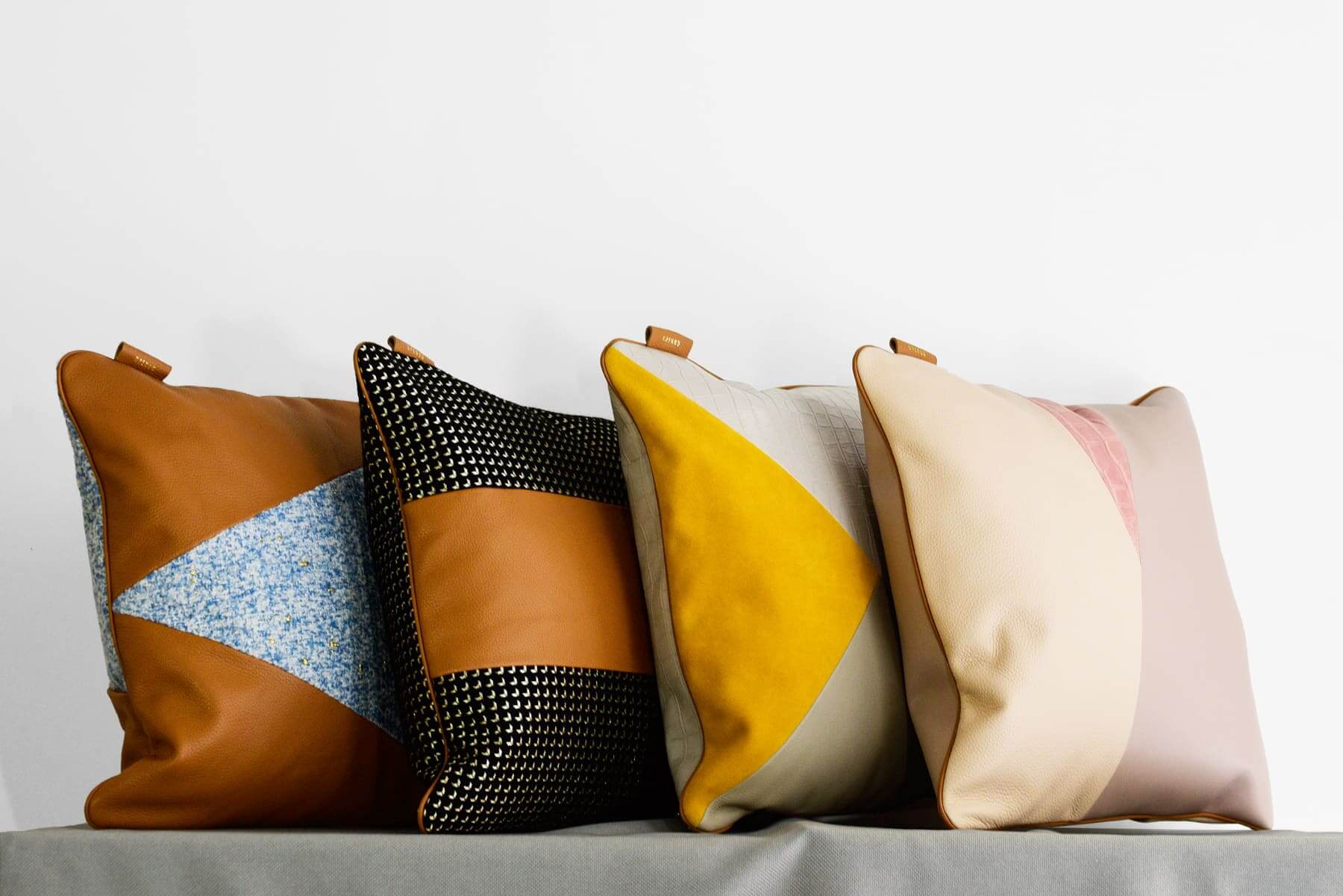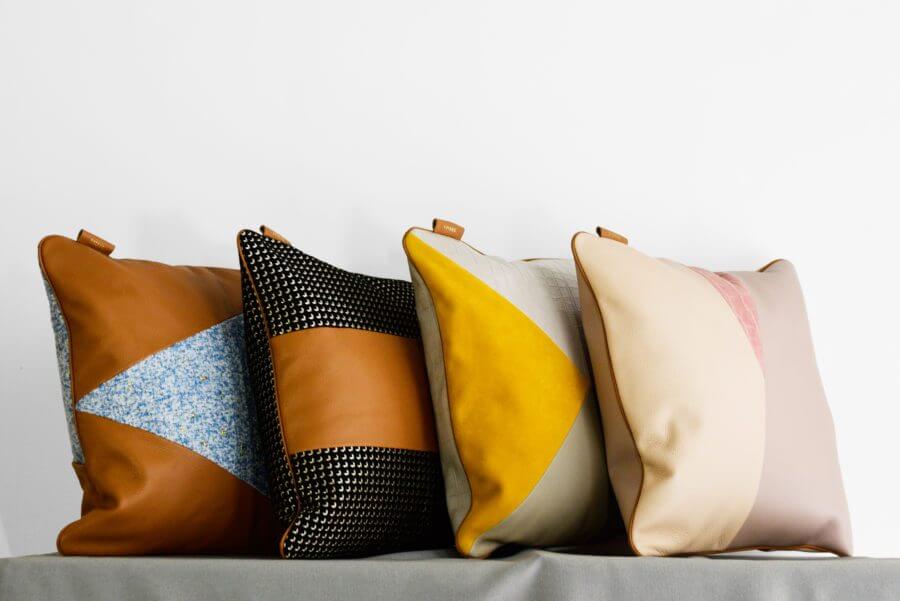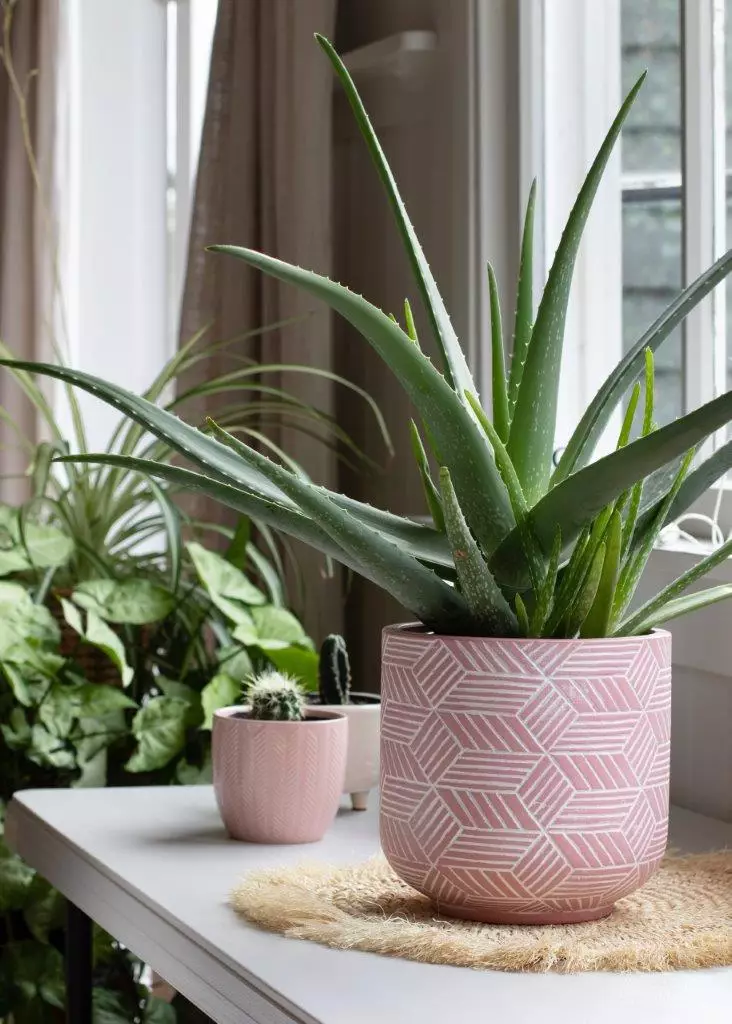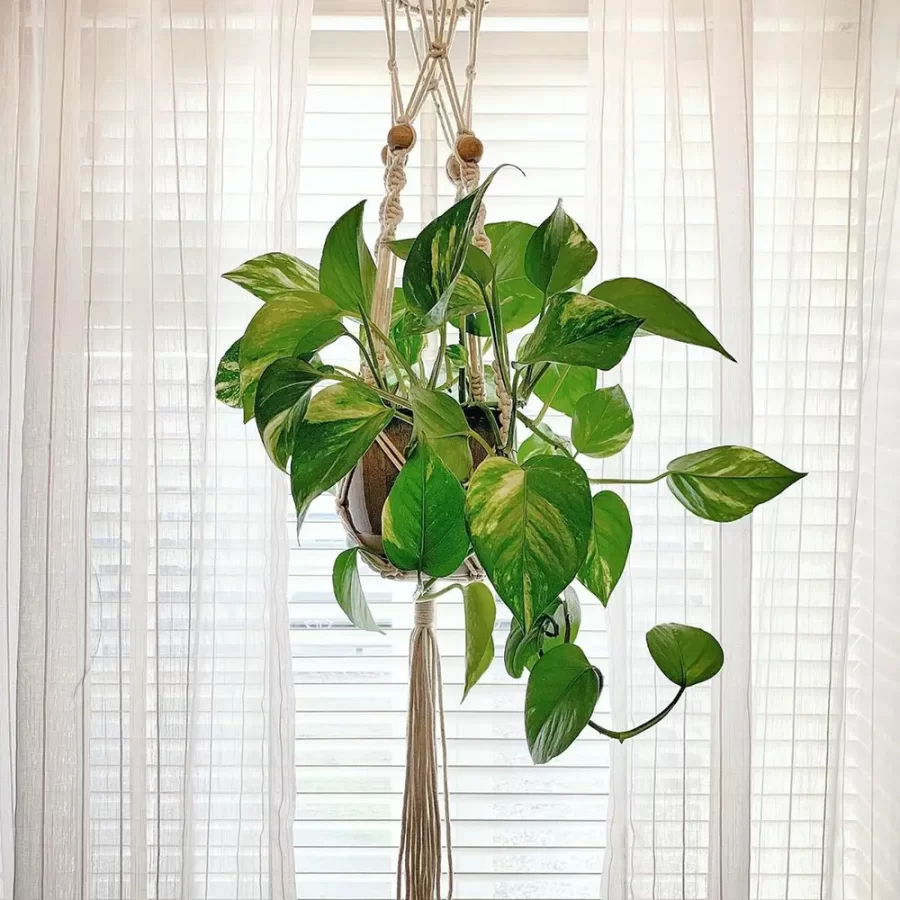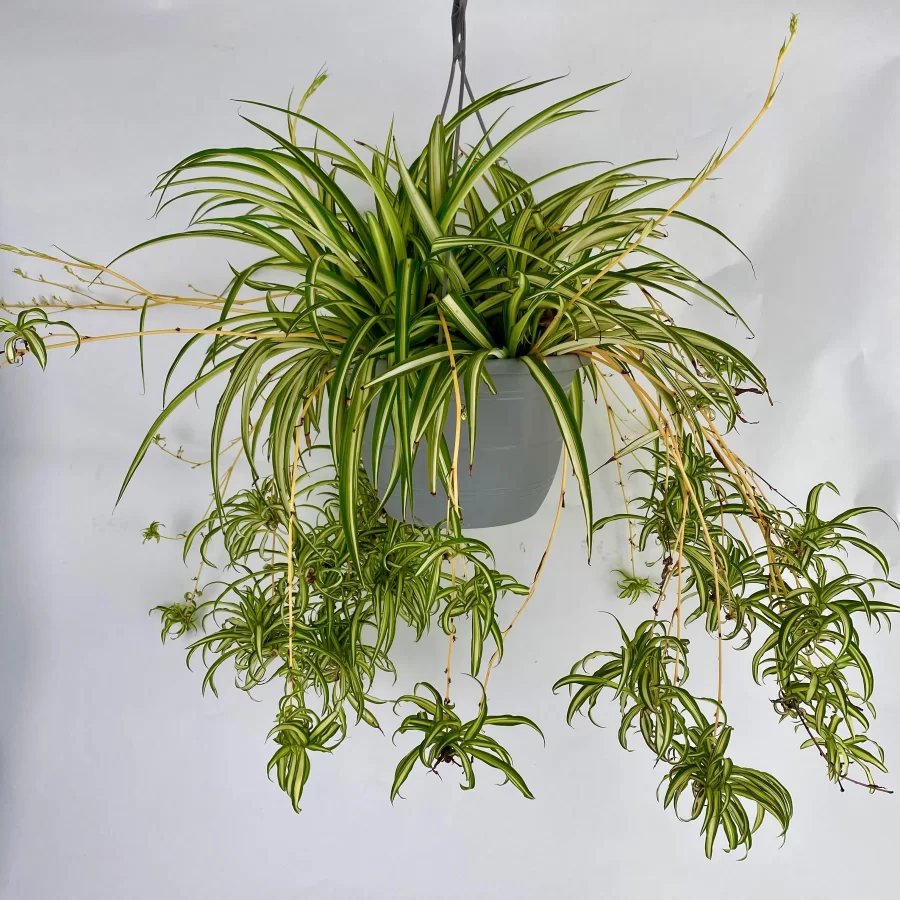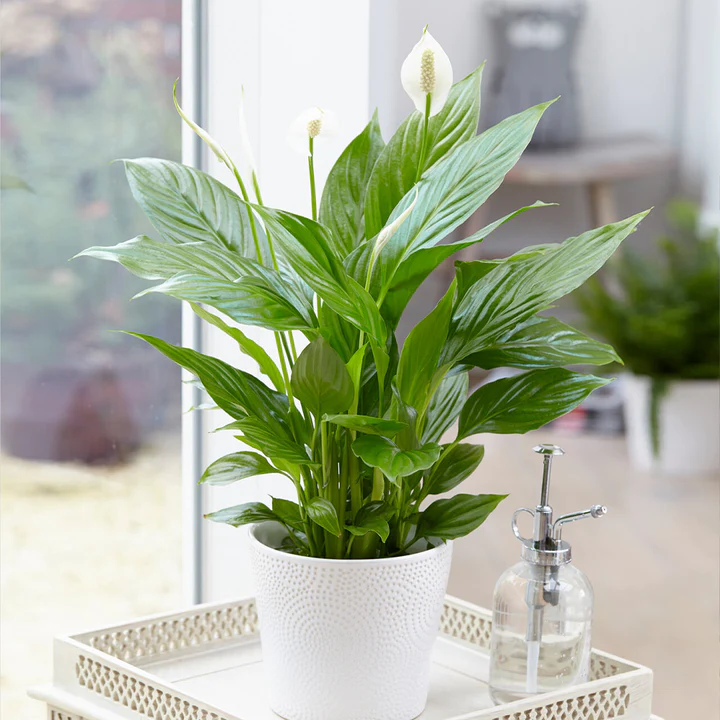Throw pillows might not be big in size, but they can profoundly make an impact on any space they are in. They are a fast and easy way to maximize the visual appeal of your home, office, restaurant, or any other space you might be in. Further, besides aesthetics, these pillows also serve a purpose. They:
- They can be a reflection of your personality
- Can set the mood of your space
- Can improve your overall comfort
- They can help eschew contrasting color schemes in your space
However, with myriad options on the market, curating a throw pillow collection that works best in your space can be overwhelming. But we’ve pieced together some guidelines to help smoothen your throw pillow shopping experience.
Print and color
When choosing prints and colors for your throw pillows, you should consider the following:
- Mix and match prints: When choosing prints, adhering to the most used color pallet can help you add interest and cohesiveness to your space. Although the pillow hues may vary, the prints should at least pick up a color scheme in the room without outshining it.
- Focus on the scale: Always vary the scale in your space. For instance, if your window treatments have large-scale prints and the rug has small-scale ones, your throw pillows should have a print that falls in between.
- Break the print with solids: Too many prints can be overpowering; therefore, breaking it up with solid color can help create a sense of harmony – for a cohesive look, incorporate the light and dark tones of the same color.
Fabric
In commercial settings such as restaurants or offices where throw pillows are frequently used, it may be wise to go for high-quality textiles for durability and also to add a touch of sophistication. Seasoned interior designer Virginia Tupker says she constantly mixes vintage textiles to make her throw pillows stand out. Some of the best fabrics ideal for throw pillows include:
- Leather: Add a decorative leather pillow to your space to make a bold statement. This fabric is not only durable, but it’s also easy to clean.
- Cotton: It is durable, odor-free, comfortable, and naturally sustainable
- Velvet: It keeps the aesthetics warm and welcoming. It can be a great choice if you want to give your space a cozy vibe.
- Fur/ faux fur: Fur accents have been a significant trend in the recent past. They give a space a soft touch and a sense of elegance. Mongolian wool and sheepskin are great examples.
- Linen: Like cotton, linen is durable, absorbent, and naturally sustainable. They can be excellent in adding a sense of timelessness.
- Wool: If you want to add a wintry vibe, wool throw pillows can be an excellent choice. They also add a cozy and elegant touch to your space.
Fill
- Polyester: Compared to other fill options, it is the least expensive. While they still provide cushiness, they clump and create uneven spots as they age. Therefore, they should be upgraded often.
- Down: It’s an expensive and ultra-soft material obtained from the underbellies of swans, geese, and ducks. Not to be mistaken with feather pillows made from these birds’ wings.
- Foam: It’s one of the most commonly used types of filling – especially in bolster and round pillows because it retains its shape better than other types of fillings.
Size and Shape
- Square – The most common shapes come mostly in 16, 18, or 20-inch versions. However, larger sizes can also be found.
- Round – Round pillows can be a great choice when balancing the lines of square or rectangular pillows. Recently, there has been an uptick in demand for spherical pillows. Famous designers such as Sara Sherman Samuel have included them in their recent launches, mostly seen at Lulu and Georgia.
- Bolster – Bolsters are cylindrical pillows that add a decorative accent to any space. They also serve the functional purpose of propping up your arms, back, or legs when seated.
- Lumbar – They have an oblong rectangular shape. Like bolsters, they are designed for support and aesthetics.
Maintenance and Care Tips
- Fluff – pat and push your pillows to the sides- your throw pillows to keep them in good shape and give your space a fresh look all the time.
- If your throw pillows have removable covers, clean them often – certain fabrics, such as faux fur, should be dry cleaned, while leather throw pillows should be wiped with a 50/50 solution of vinegar and water.
- Pillows with sewn-on fabric cleaned with care – can be machine washed or dry-cleaned.
Buying Tips
- Avoid clamped or sparse-filled throw pillows – polyester pillows.
- Check for tightly sewn seams that don’t get easily damaged when tugged.
- Avoid down pillows with protruding feathers.
- Throw pillows look best when layered – ensure your budget accounts for multiple shapes and sizes of pillows.
What to know more about the ideal throw pillows for a residential or commercial setting?
Contact us today for more information.

